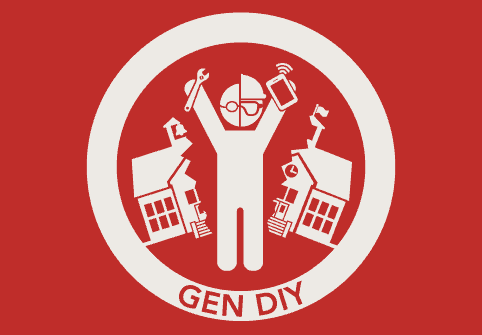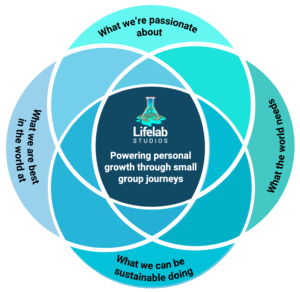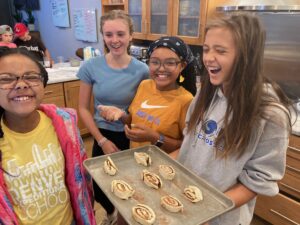My Journey to GenDIY

This blog first appeared on The Huffington Post.
My personal involvement in online and blended learning follows a unique historical arc to GenDIY. I’ve been involved in educational technology as a journalist and advocate since the first Apple IIs began appearing in classrooms in the mid-1980s. I was editor of a magazine called Teaching & Computers back when all teachers could really do with computers was type in BASIC programs that made patterns appear on screen. When the Internet emerged, I helped conceptualize a online network for schools (launched via America Online… THAT’s how far back we’re talking!). I worked on the national E-rate program to wire every school and library to the Internet, and helped launch several short-lived tech start-ups providing things like free dial-up to families through their schools and mobile educational tools that lived on the Personal Digital Assistants that were available in 1999.
In the summer of 2001, just after my latest start-up had been acquired for spare parts by what was then Sylvan Learning, I was assigned to do research on what it would take to create a charter school that students attended from home or wherever they might be, connected via technology. Which states might be open to such a thing, and how much would the team of venture capitalists and Ed consultants need to actually have figured out to get a school approved for the following Fall?
The idea of a virtual school totally captured my imagination. What was the point of all this educational technology I’d been working on for almost 20 years, if not personalization of learning for each student? How better to tailor school to individual kids’ learning needs – instead of treating them like identical widgets on an assembly line – than to bring a totally customizable electronic school to them? I thought of all the truly inspiring teachers I had gotten to know, the visionaries and iconoclasts who’d been tinkering with tech tools long before anyone else, and what they all had in common was a desire to bring out the unique genius in each student. A virtual school could do all of that and more, I was sure of it.
I turned in my research report a day early, and was off to the start-up races again. Against the background of September 11, we considered calling our new venture “Liberty” but settled instead for Connections Academy, in honor of all the new ways students could be linked with great teachers, great content, and great peers via the Internet. We pulled together a team of educators, technologists, and business people, built a platform and curriculum on the fly, and got our first schools approved for launch in Fall 2002, in Colorado and Wisconsin, serving a total of 300 students.
A dozen years later, Connections powers virtual charter schools in 26 states, operates an international online school, partners with a network of highly innovative blended high schools, and provides online courses and programs to school districts all across America. We now serve more than 60,000 students, many of whom choose Connections specifically for high school.
Along the way, we and the families we serve have grappled with the trade-offs this kind of schooling requires. While every course has a certified, specially trained online teacher who works with students both synchronously and not, students are taking a pass on “stand and deliver,” lecture-style teaching when they enroll in an online program. Most students see this as a huge plus, but it takes a bit of getting used to for their parents. On the other hand, those same parents are empowered and expected to take a much more active role in their students’ education, with steady streams of performance data and instant access to all curriculum: no more report card surprises for anyone when students’ online grade books are updated in real time. And then there’s the persistent worry about socialization. Will students who are not spending their days in the company of peers miss out on the chance to build important life skills? Are pep rallies and the ecosystem of the cafeteria as important as English and Algebra in the high school experience? Does working in an individualized program equip one poorly for “the real world”? Students answer this question with their feet, taking full advantage of online clubs from Chess to Robotics, gathering for school community outings, and doubling down on passions like soccer or theater or scouting that used to conflict with their traditional school schedules. More than a few students have also noted that the “socialization” they got at their mainstream high schools – in the form of bullying and peer pressure – was anything but constructive.
For more on GenDIY, check out:
About “GenDIY”
Young people are taking control of their own pathway to careers, college and contribution. Powered by digital learning, “GenDIY” is combatting unemployment and the rising costs of earning a degree by seeking alternative pathways to find or create jobs they love. Follow their stories here and on Twitter at #GenDIY.






0 Comments
Leave a Comment
Your email address will not be published. All fields are required.